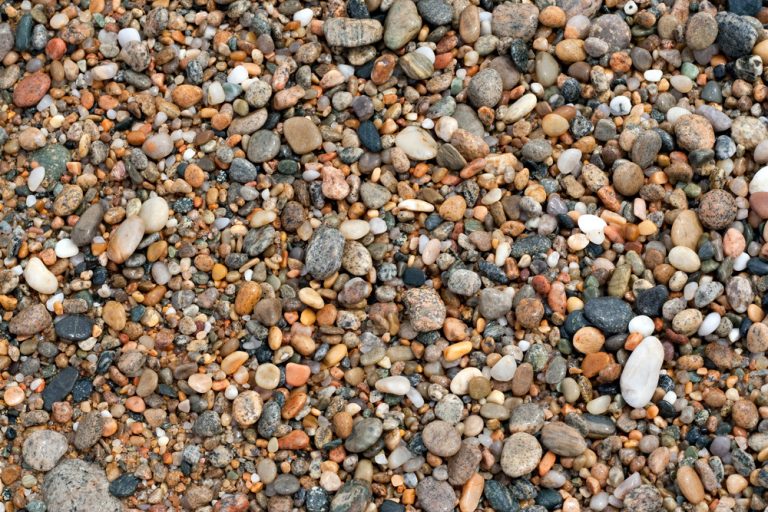
Clogged drains and blocked toilets have existed since the invention of indoor plumbing back in 2500 B.C, but methods of plumbing repair and septic disposal have vastly improved over the years. While some jobs definitely require professional plumbing repair to service or reinstall your existing system, there are situations where you can be your own plumber by taking small and proactive steps to ensure that your plumbing system is in good condition.
For starters, analyze the plumbing situation in your home. The most common issue that you can diagnose for yourself is a clogged drain. The issue of clogged drains usually comes in the form of backup in the pipes from solid waste or improper grease disposal. When dealing with clogged drains, it is essential to use caution to assure that the measures you take in repairing the situation will not lead to potential pipe damage. With that being said, here is how you can fix clogged drains or pipe backups in your home.
The Plunger Method:
A common procedure involving a common household tool, the first method to do-it-yourself plumbing repair is the plunger method. Plungers are relatively inexpensive, and if you do not have one around the house, you may typically buy one at a hardware store or most other stores for under $20. To use a plunger, add a small layer of water into the appliance with the clogged drains. Next, place the rubber end of the plunger over the drain, and pump the handle up and down. This action creates a vacuum of air that helps clear the drain, and you may quickly notice the success of your efforts if the water that you added now drains properly. Be persistent, and use the plunger for several minutes for best results. If more pressure is required, use a wet rag to cover the drain hole, and place the rubber end of the plunger over the rag.
The Snake Method:
“Snakes,” or cable augers, are flexible cables that can get deep into the pipes to push or nudge the blockage out of the way. Plumbers often use snakes in order to get inside the pipes for plumbing repair without ever having to physically remove or disassemble the pipes. The snake method should follow the plunger method, as a particularly stubborn blockage may be more manageable after a snake has run its course. Snakes are available in a variety of different lengths, the most useful and inexpensive is the twenty-five foot cable, which typically goes for about $15 to $30. To use a snake, remove the drain plate (if possible) from the clogged appliance, and run the length of the cable through the pipe. You can add more length to the cable if needed by turning the crank on your snake clockwise. Add more length until you can sense resistance at the end of the cable. This usually means that the clog has been reached, and the auger end of the cable can do its job. Continue to crank the snake to allow the auger to cut through the blockage. When the resistance is significantly lessened, retract the auger and add water to see if the clogged drain now empties properly. If not, use the plunger again to unclog the significantly reduced blockage.


